Now we are past the winter solstice and the shortest day, we are entering the coldest part of the year. We got a couple of honest-to-goodness frosts in the “Winterless North” last week!
It might be cold, but that is just part in the cycle. For the next two months, most of the things in your garden will be entering a period of dormancy. Each frost you get will mean extra “chill hours”, resulting in better fruit-set on your apple and stone fruit trees. It’s also finally safe to prune your citrus!
The good news is the days will start getting longer again, so there will be increasingly more time to get yourself and your garden ready for spring.
There’s not a whole lot to worry about planting this month. July is a time to plan, prepare, mulch, weed, prune, compost, and nurture your garden.
Zones
Some districts can get away with things others can’t at different times of the year.
Living in the Far North, I have a very long growing season and can still grow some things my friends further south don’t have time for.
So where necessary, I’ll be referring to the zones shown on this map if the advice only applies to some areas.

Shallots
Last week I spent half an hour planting shallots. I find them easier to grow than onions.
I grow Henry’s Flowering Shallots which I originally sourced from Kōanga Institute back in 2019. Each year I save some good ones and this will be our sixth season growing from that initial purchase.

It’shallot of shallots
Shallots are one of the easiest things I grow in my garden, with an excellent rate of return.For every shallot planted, we get at least 10 back around New Year. I dry them, set aside the ‘seed’ for next year, and we eat the rest.

Prepare your soil with compost, lime, and some blood and bone. Plant your shallot with the top third poking above the soil. Space them at least 20cm apart.
Keep them mulched to prevent weed growth. And that’s about all you’ll need to do until Summer.
Garlic
This is really the last month to plant your garlic if it’s not already in.
Give it a good thick mulch (I use grass mulch because it’s available). It’s easier to do this before it pops up, but the sooner you get onto it, the fewer weeds you’ll need to worry about.
If you’re worried about rust, you can try a preventative spray program. Spray weekly with 1/4 cup apple cider vinegar in 1 litre of water. A tablespoon of an organic liquid fertiliser per litre can be added occasionally too.
Even when I do get rust, I also get garlic – and I think this spray helped when I was growing. The key was spraying regularly, and doing it well before any rust appeared.
Peas
Both Zones A and B can start sowing peas.
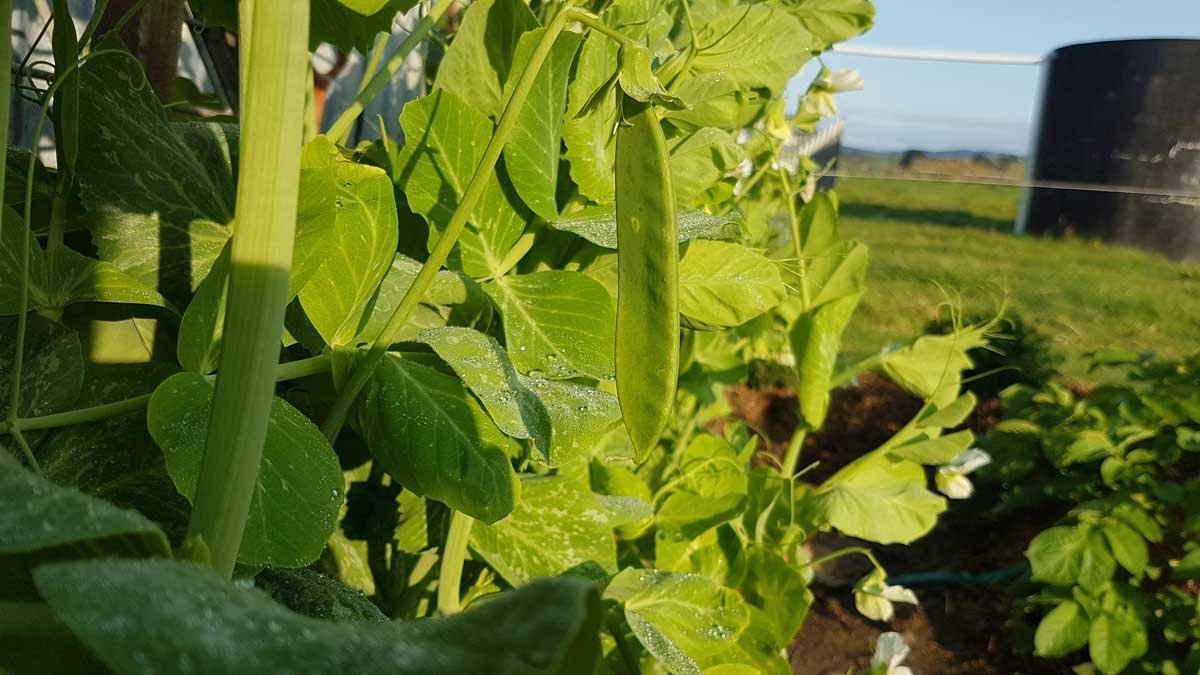
Planting Peas
Ever wanted super-fresh peas? They take a bit of work, but nothing compares. Here’s everything you need to know!
If you sowed peas last month, think about another sowing in July or August to keep your harvest going for longer.
Potatoes
Early and some main seed potatoes are showing up in stores now. If you have the ability to visit a Farmlands or PGG Wrightson, you’ll find they are much better value (at least for 3kg bags) than garden stores.
We had good results from Rocket last year, and have found they have a mild frost-resistance. So I picked up another bag of them last week.

Planting Potatoes
Potatoes can be planted as soon as the last frosts pass. Find out what to do now to great crop next season!
I think I’ll wait until the end of the month to actually plant them, but picking them up earlier allows me to set them out to chit for the best growth.
Armyworm
If you live in Zone 1, you might still be getting hit by armyworm. The good news is these frosts will knock them back. Yay nature.
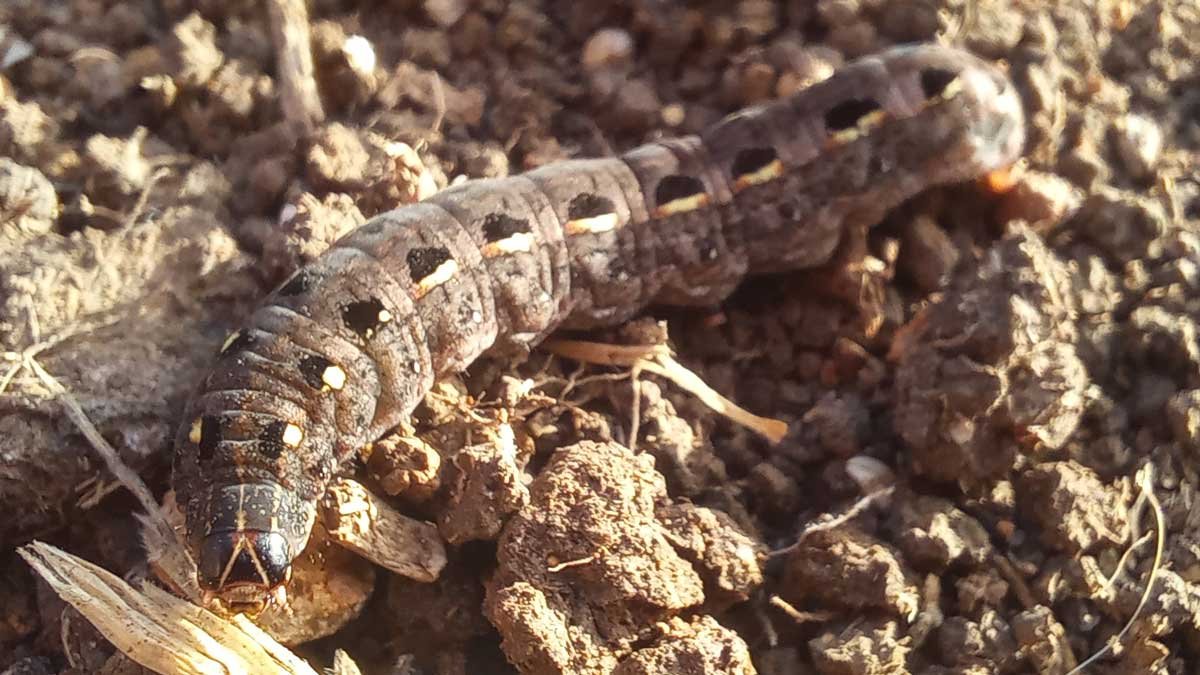
I’ve seen people report success with using garlic and chilli sprays – 3 cloves of garlic (crushed) and 2 tsp of dried chilli flakes in 250ml of hot water. Leave to soak for overnight, then strain.
Add a squirt of dishwashing liquid and spray a barrier on the ground around your plants.
Pruning hygiene
With so much pruning to do this month, I thought I better talk about pruning hygiene.
Plants aren’t really actively growing this month which affects their ability to heal and protect themselves against pathogens. There is a lot of wet and rain around that can spread and promote disease. So there are some basic rules that always apply when pruning anything.
1) Always prune on a dry day – wait for the morning dew to evaporate. Pathogens can enter your plants through water and open wounds.
2) You can transfer disease between plants with your equipment, so sterilise your equipment between plants.
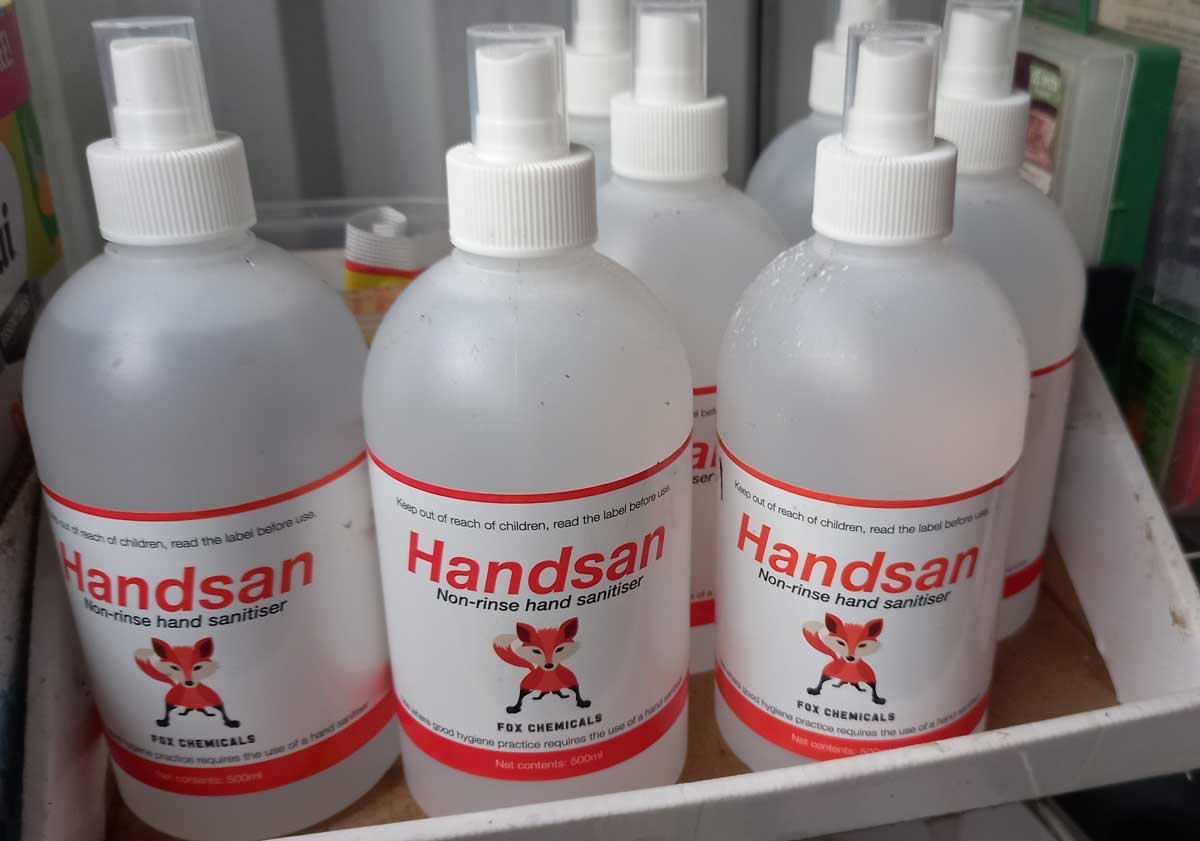
My local Mitre 10 has been offloading these 70% alcohol sanitiser sprays for the last 2 years at less than $2 each. I’ve picked up one or two every time I’ve gone in. Recently, they dropped to 50 cents. I probably have a lifetime supply stockpiled at this point.
These are really the chef’s kiss in equipment sanitisers, but you can also use methylated spirits or vodka. The spray is really convenient, but in the past I’ve just kept methylated spirits in a peanut butter jar to dip my tools into.
I’d advise against using vinegar as a sanitiser. It will work to sanitise your tools, but they’ll also need rinsing and oiling after pruning as vinegar will corrode the metal.
In the herb garden
You might notice your herbs looking a bit scraggly. They go into a hibernation mode over winter and will benefit from some pruning.
The mint family will need woody stalks pruned off: oregano, mint, catnip, and lemon balm all benefit from a good haircut about now. Take them right back to the tight new growth at the base. It loves being exposed to these low winter lights and they’ll come back happy and strong in a few short months.
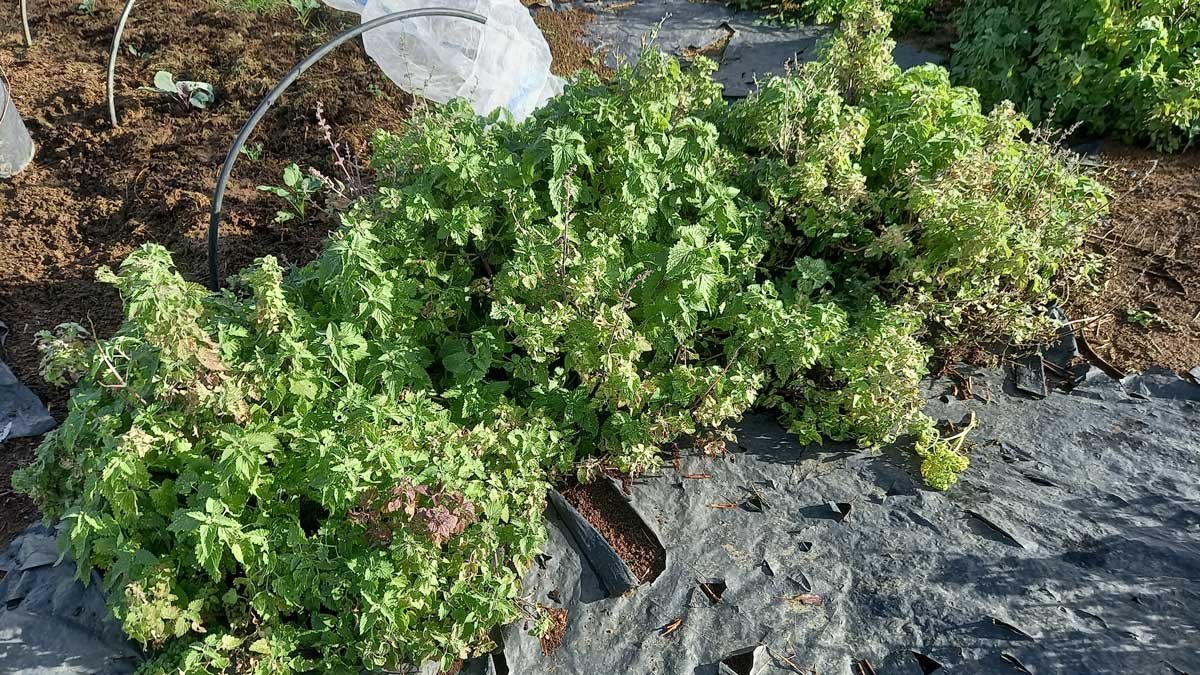

Throw your prunings on the lawn and run your lawnmower over the top with the catcher on to make a lovely-smelling mulch for your garden beds and return the nutrients back to the soil.
Many herbs can be divided now if you’d like to make free plants. You can divide any of the above mint family or lemongrass with a sharp spade.
If your rosemary is a bit unruly, you can get quite tough with it and take off up to 50%. It will encourage strong growth. Use your prunings and the leftover inner garlic cloves from your garlic planting to make some garlic and rosemary salt.

Garlic and Rosemary Salt
A great way to use up excess garlic and your rosemary prunings!
Stone fruit
If fungal issues are an issue on your fruit trees, spray them with copper (again). You want to ensure the leaf and flower buds are sprayed a couple of times between leaf fall and blossoming.
Don’t prune your stone fruit now. If you notice something needs taking off, mark it for spring. Pruning now leaves your stone fruit vulnerable to fungal pathogens.
Now is a good time to compost and mulch your trees though.
Pip fruit
You’ve got about 6 weeks to prune your apples, pears, quince, loquat and nashi trees.
I’ve put everything I think a beginner needs to know into my pruning guide, which is available when you sign up to my mailing list.
But I’d really highly recommend looking to see if your local library has a copy of Pruning Fruit Trees, A Beginner’s Guide by Kath Irvine, or buy a copy for yourself.
Remember, if you want to use a pruning paste, you can make it yourself.
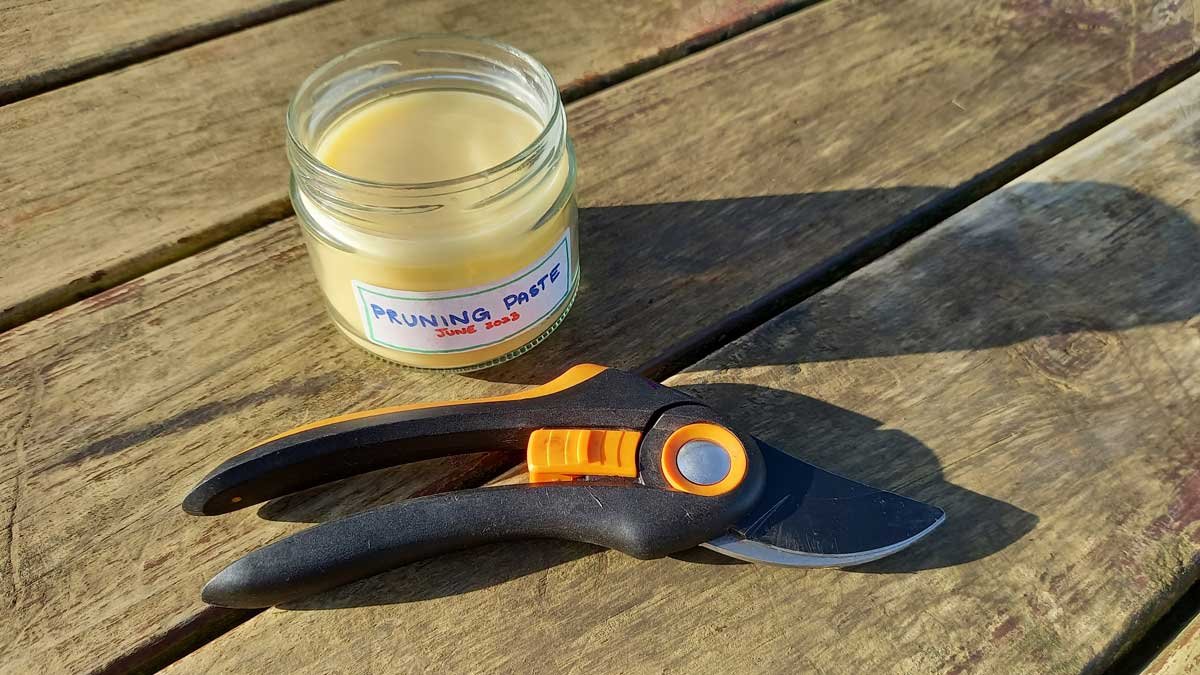
Make Your Own Pruning Paste
Pruning paste is helpful for keeping your fruit trees healthy after pruning. You can make your own with some fairly common household ingredients.
Citrus
Citrus don’t strictly need pruning in the same way apples and stone fruit do. Pruning won’t help produce more fruit.
However, if you find you have branches growing in the way of things, then it’s now safe to tidy them up.
If you live in Zone A, you’ll want to take care of this job before mid August. That should give the trees time to heal before the native Lemon Tree Borer begin laying eggs in September and October.
If you’re in Zone B or C, then it’s probably wise to wait a little longer until the threat of hard frosts and snows have passed.
For extra protection, use a pruning paste or paint to seal your cuts.
Seed catalogue season
All going to plan, this is the month seed catalogues begin arriving in the mailboxes of gardeners around the country.
Many Kiwi gardeners are aware of Kings Seeds, but there is also Egmont Seeds, Kōanga Institute, and Setha’s Seeds.
These darker, colder days are a good time to get planning for spring and summer. If you’ve ordered from Kings or Egmont in the last year, you should automatically get a catalogue in the mail.
If you didn’t, you should be able to download a digital copy this month, or make an order for a catalogue if you prefer to browse a physical book.
That’s it for this month. I hope you take a chance to have a rest just like your garden is – but if not, I hope I’ve given you enough to keep busy with!

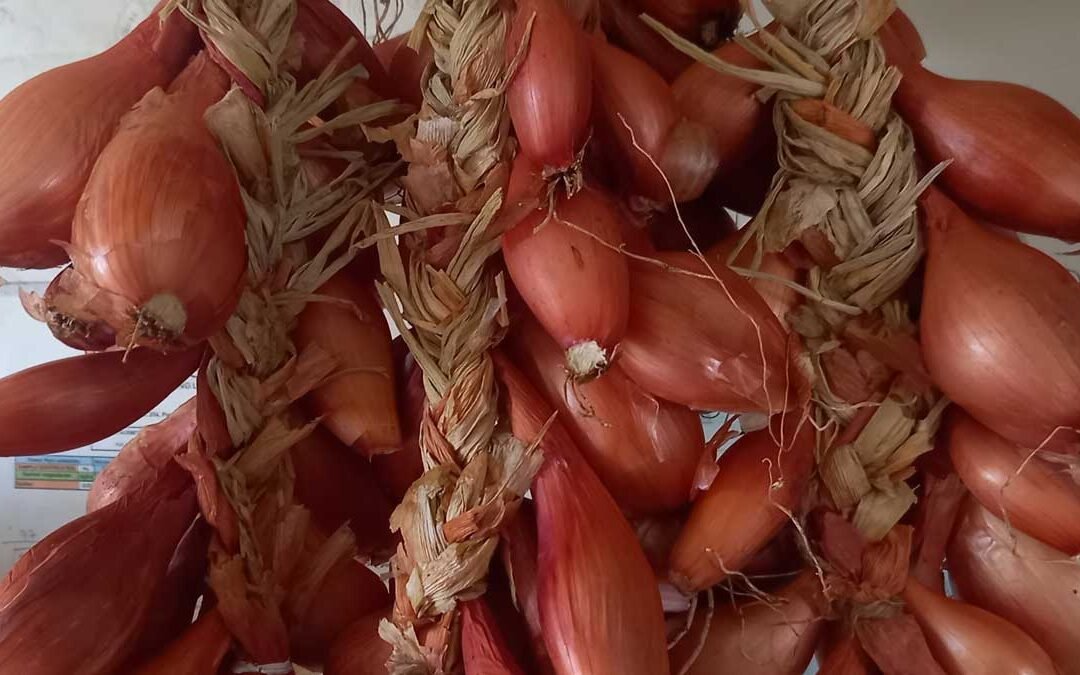

Thank you so much for your newsletters and articles! We are just starting a garden at our lifestyle block and I am reading through all of your content and finding it so helpful! Can’t wait to make the pruning paste and get my head around the pruning guide.
I am also following all of your advice on garlic and shallots and looking forward to my first harvest, whatever it may be.
Good information, much appreciated the tips for this month 🙂
I am concerned about reusing garden vegetation of all sorts in a drop & chop pile or in slow compost because of the inevitable pests & diseases carried by that vegetation. For example, I was happily hacking& dropping excess nasturtium until I realised they carried leaf miner and likely also a mosaic virus of some sort…Even harvesting my cauli etc I feel caught between returning elements to the soil and introducing/spreading disease/pests. Any advice?
Hi Beth, you know, if I’m honest I don’t use a chop and drop technique in my own garden (though I do in the orchard and food foresty areas). Pretty much all the waste you describe goes one of two ways here – to the chickens primarily; but sometimes to the cows as a treat. Both sets of animals return manure which I collect and add to compost. The chooks are especially great for cleaning up pests. If I see a disease, the matter tends to get burned or sent to green waste if there’s a lot of it. Commercial composters have the ability to reach temperatures that will deal to the problem safely. Good luck!